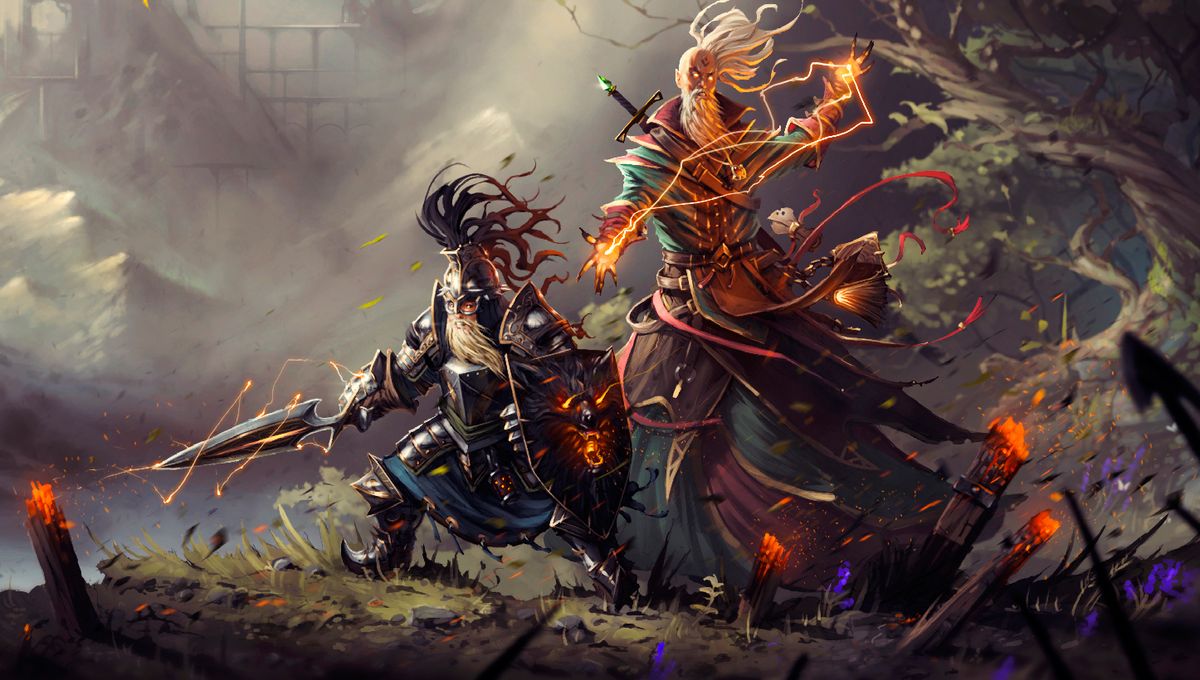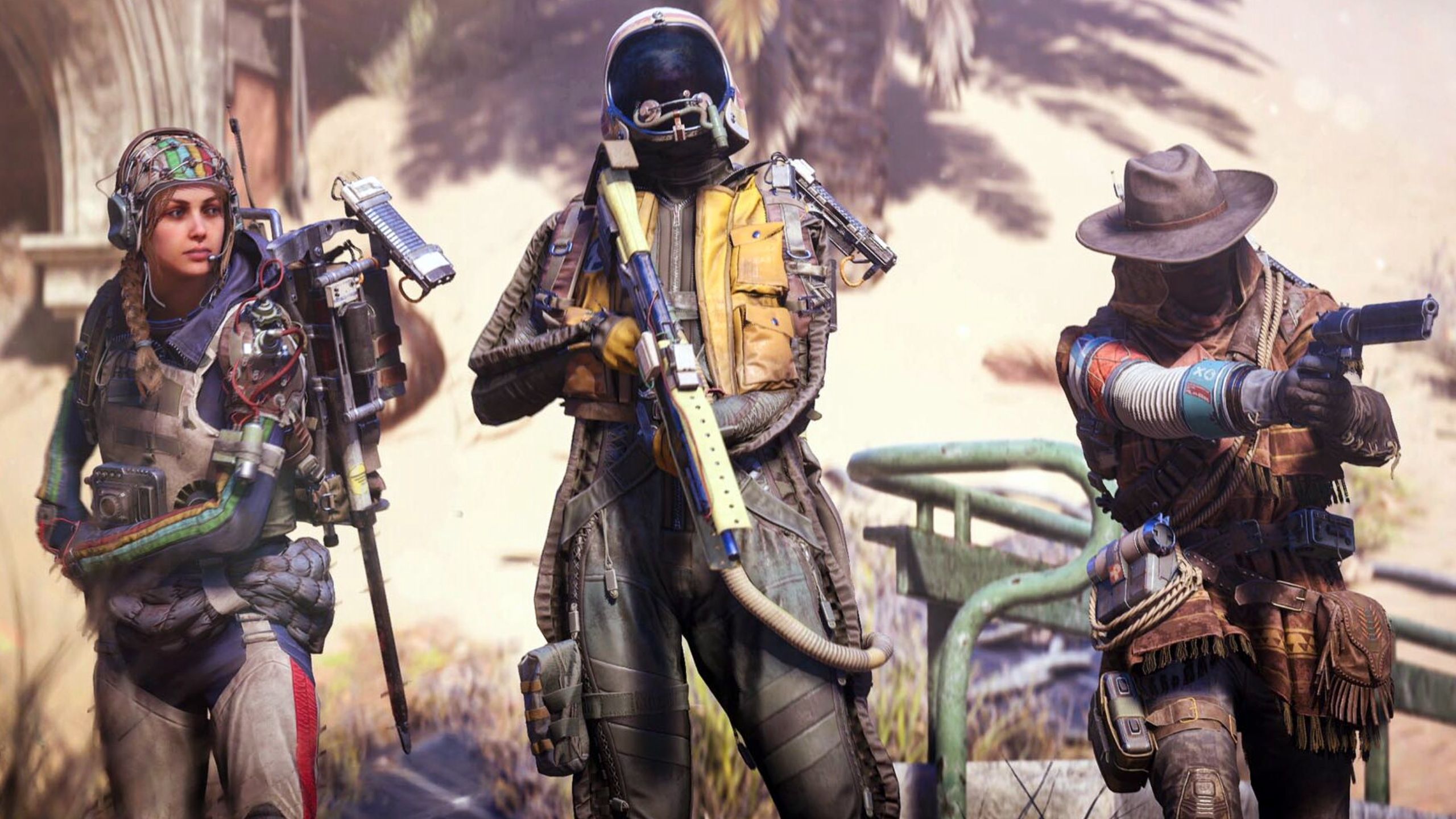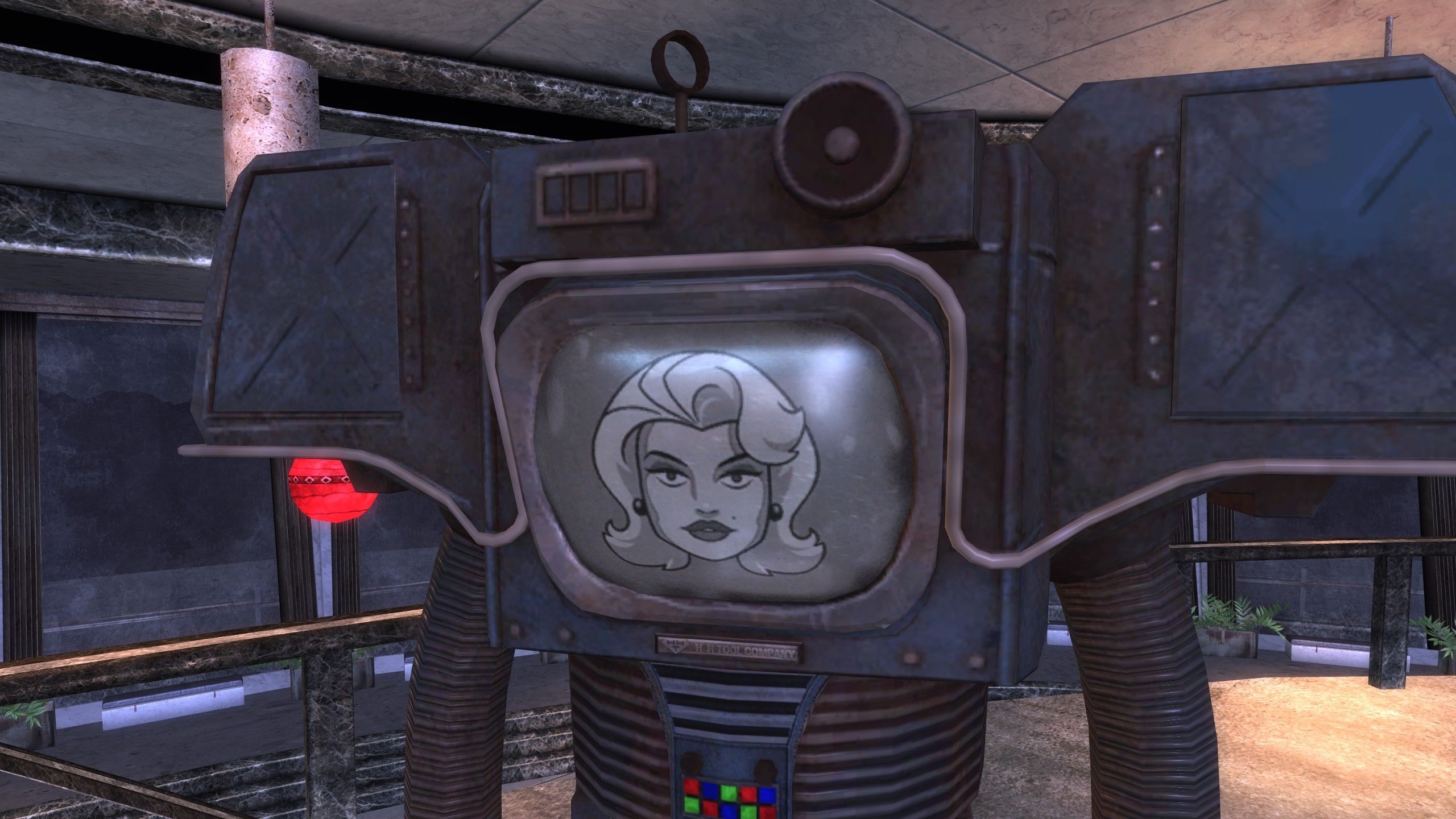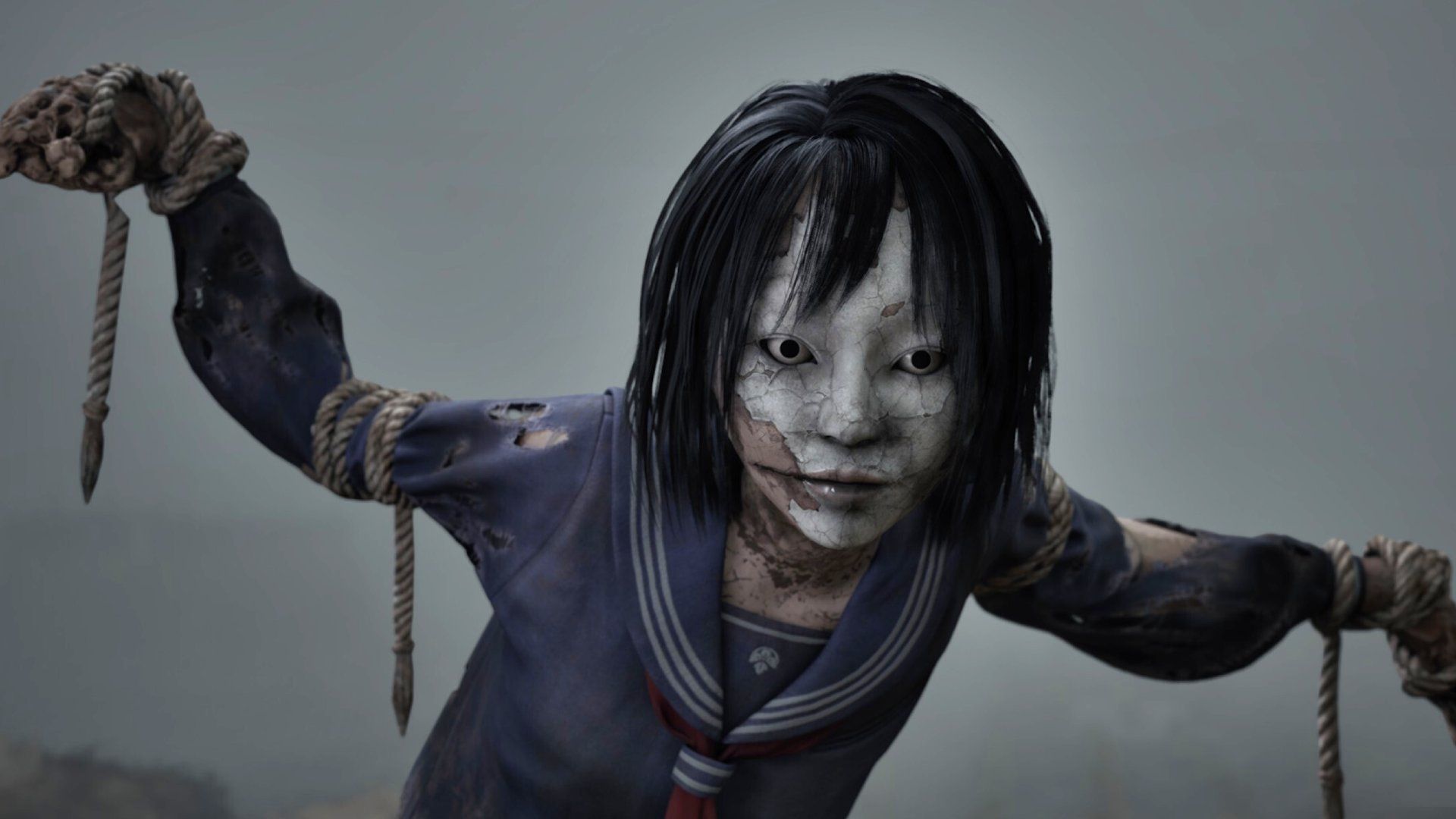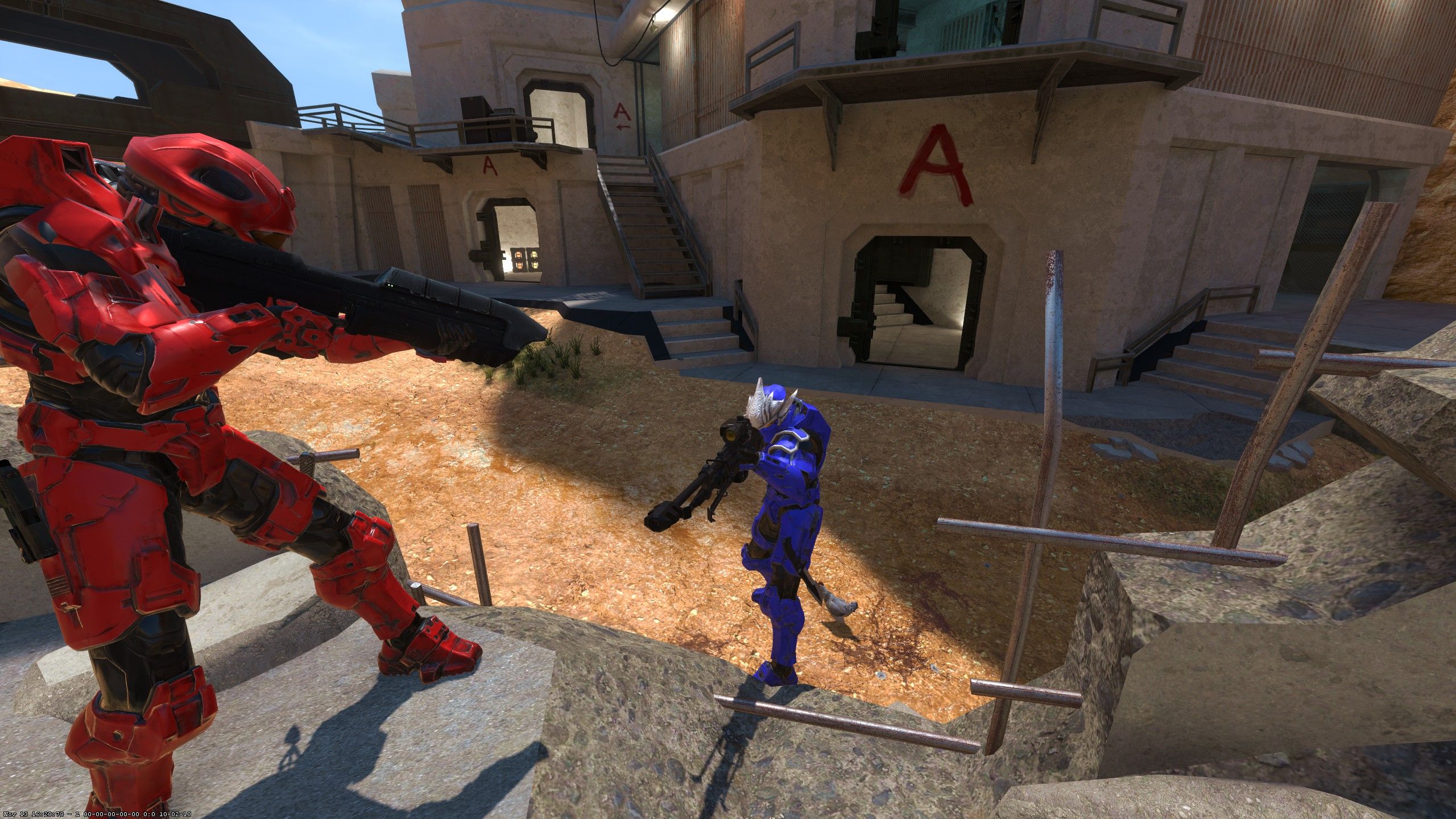When Larian manager Swen Vincke very first heard that his launching RPG was going to be called Divine Divinity, he believed it was a joke. But his publisher in Germany, CDV, was all too severe. They’d had actually a struck with a video game called Sudden Strike, and thought that alliteration may be the secret to long-lasting success. Reader, they were incorrect.
Today, CDV is long dead. But the name ‘Divinity’ stays– connected to nearly every Larian job of note given that. It’s an artefact from a long and gruelling duration in which the studio underwent the impulses of whoever held the handbag strings. An unavoidable suggestion of the outdoors disturbance which the designer has actually now triumphantly expunged.
Of course, no Larian story starts with godhood. Getting there can be a sluggish, tactical, and often bruising journey, therefore it showed for the studio itself. Along the roadway to launch, Divine Divinity was jeopardized not simply by CDV, however the publisher prior to it,Atari Larian ought to have been following in the wake of Baldur’s Gate, its spiritual kin; rather, the studio’s paymasters directed it to copy Diablo, the leading light in the surrounding action-RPG category.
The result was an id seen from an isometric viewpoint. On the one hand, Divine Divinity boasted the complexity and interactivity of Vincke’s cherished Ultima VII. In its world, every dog crate and barrel might be shunted around with the mouse, and every kitchen area table alleviated of its flatware. Yet outside the appealing density of civilisation, the video game degenerated into long and screening dungeons, which leaned greatly on simple hack-and-slash fight. The truth that the screens appeared to roll on permanently– unfurling a near-continuous tapestry instead of the discrete patchwork of the Infinity Engine video games– just added to the sense that Divine Divinity was extended thin. To quote Bilbo Baggins, it resembled butter scraped over excessive bread.
Divine catastrophe
Nevertheless, it examined well. Launched throughout a CRPG dry spell in 2002, Divine Divinity won over a dehydrated hardcore, and validated a follow-up in the exact same design:Beyond Divinity Yet the landscape was currently altering below Larian’s feet. With Knights of the Old Republic, BioWare had actually finished to 3D video games for a console audience, and pulled the whole RPG category in addition to it. If Larian was to stand any possibility of bring in publisher cash, it had no option however to follow.
Larian had not lured brand-new RPG transforms far from Fallout 3 and Fable.
Divinity 2: Ego Draconis was precisely what an RPG was needed to be in 2009: a completely voice-acted experience in a glossy, sun-dappled land that was quickly accessible through an Xbox 360 controller. To stick out from the crowd, Larian established not one however 2 tricks: NPC mind-reading and the capability to dogfight in dragon kind. But without BioWare’s budget plan, Ego Draconis belonged securely in the B-tier, together with other European efforts like Risen, Two Worlds and a somewhat muddled Polish unique adjustment of something called The Witcher.
Despite its best shots, Larian had not lured brand-new RPG transforms far from Fallout 3 andFable And in the pursuit of 3D fidelity, it had actually compromised much of the granular interactivity that had actually made Ultima VII so immersing for a young Vincke.
“I lost track a bit,” the CEO composed in a 2012 post. “The joys of console development steered Divinity II far away from the original idea, and so many compromises were made in that game that what shipped was but a shadow of what I had envisioned it to be. In truth there are only a few gameplay moments in there that come close to the reason I set up this company.”
High kick
As an overbloomed sun set on the noughties, Larian appeared destined duplicate this unfulfilling cycle– going after category leaders at the wish of its publishers, and at the expenditure of its own vision for the future of the Western RPG. But something altered, which something was Kickstarter: a lightning arrester for the revival of the traditional CRPG. The exact same motion Larian had actually simply lost out on a years previously.
To the general public, Larian pitched Divinity: Original Sin– properly called, given that it was basically the video game Vincke had actually been trying to make given that the very start. Back was the isometric viewpoint, and the tactile connection to the world of Rivellon– a complex production you might pull apart with lockpicks and fireballs to find its tricks. Returning, too, were those constant maps– now backed by a sense of function. With a little resourcefulness, you might craft services to your issues utilizing tools created for other missions midway throughout the level, rather like a Deus Ex or Dishonored gamer might.
Yet the best style choice came midway through production. Vincke remained in the shower when he understood that, despite the fact that Larian was independent, it was still listening to the ghosts of publishers past. “What are we doing? We’re making a real-time game because they told us,” he believed, and later on stated toGame Informer “We’re gonna be competing with Blizzard making an action RPG? We can’t compete with Blizzard, we don’t have the resources.”
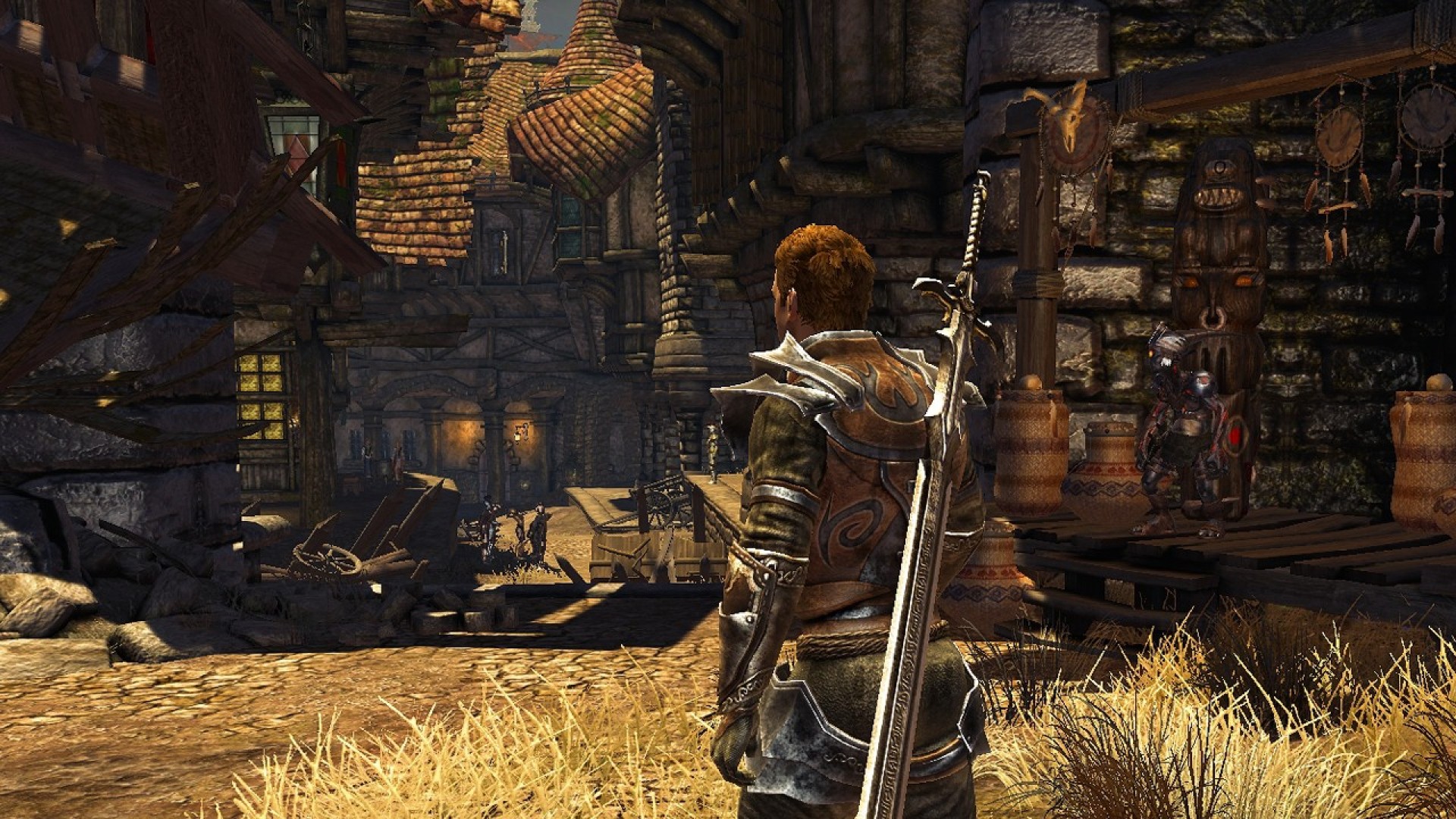
Break totally free
Rather than make its Diablo error all over once again, Larian turned Original Sin into a turn-based strategies masterclass. It struck home, topping Steam’s sales chart upon release in 2014– prior to its follow up duplicated the task in 2017. Over the exact same duration, Larian has actually ended up being a knowledgeable self-publisher, partnering just with business who currently enjoy what the studio is doing, and aren’t looking for to change it.
Now, lastly, Larian gets to sign up with BioWare’s family tree by establishing a main follow-up to Baldur’s Gate, the essential CRPG. The Forgotten Realms is an ideal house for the studio; like Rivellon, D&&D’s preferred setting is flexible by style, a blank canvas on which to scrawl situations and draw amusing characters.
None of which is to state that Larian could not adjust its skills to a more particular dream world if needed. But a repeating style in the studio’s work is the detainee who, growing in power, breaks devoid of their shackles. Perhaps it’s had adequate limitations for one life time.

